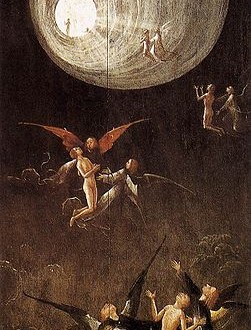
Hieronymous Bosch, Ascent of the Blessed
Text copyright Jonathan Zap, 2010
Editor: Austin Iredale
“Our ideas about death define how we live our lives.”
—Dag Hammarskjold
“And Death, which alike levels all, alike impresses all with a last revelation, which only an author from the dead could adequately tell.” –Herman Melville, Moby Dick Harper & Brothers Publishers, 1851. 530.
If you want to learn about what’s at the core of life, the essential and ultimate universal values beneath all the distractions, deceptions, and delusions, then ask the living dead. No, I don’t mean zombies. From my experience, zombies have little to offer when it comes to finding the deeper meaning of life. I am referring instead to the testimony of near-death experiencers, people who have been physically dead for short periods of time, glimpsed human incarnation from the outside, and come back to their bodies.
Extensive research has shown that near-death experiences have classic, universal elements and that near-death experiencers are usually profoundly and positively transformed as a result. Research also shows that parallel positive effects can occur in people just by reading about NDEs. As Dr. Kenneth Ring (professor emeritus of psychology at the University of Connecticut) put it:
“In general, the overall pattern of our data here gives us a strong suggestion that merely acquiring knowledge about NDEs can act like a ‘benign virus’; that is, by exposing yourself to NDE-related information, you can ‘catch it,’ because the NDE appears to be contagious” (LL 203).
At the end of this document, I will provide my sources, a brief list of the books, and videos I recommend for “catching it.” This document centers around the first-person testimony of experiencers and leaves out many key findings that can be found in the sources I list at the end. There will also be a much more thorough discussion of NDEs in my upcoming book on the Singularity Archetype.
Now that I’ve put my book, Crossing the Event Horizon–Human Metamorphosis and the Singularity Archetype on this website free, I’m replacing the body of this article with this link to chapter three of that book, which is more up to date:
GO HERE TO CONTINUE READING: Near-Death Experience and the Singularity Archetype
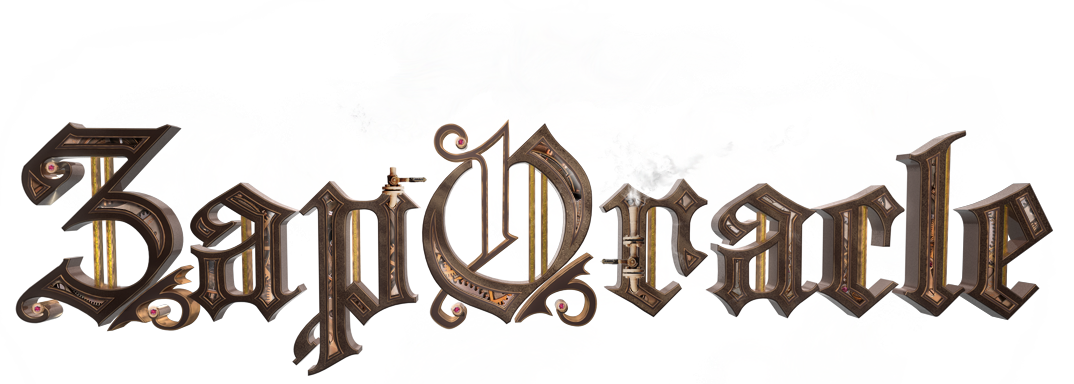 ZapOracle.com home to the free 720-card Zap Oracle
ZapOracle.com home to the free 720-card Zap Oracle


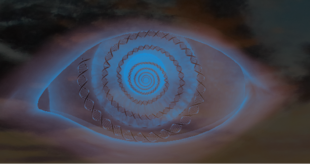
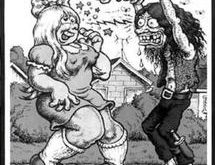
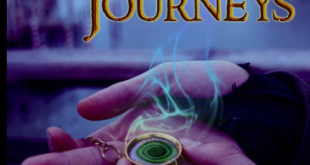
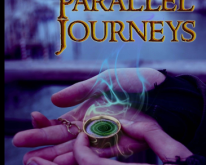

Hi Jonathan,
I just have a simple request. I was wondering if you could include the date of recording of the podcast on the pages that the podcasts are posted. I find chronology to be helpful. Thanks. 🙂
I’m listening to this podcast for first time and I like the way you are presenting this field of study. I grew up in the South and I had this experience twice in my life and due to a number of other related experiences years ago…I felt the comfort and empathy of your understanding. I will not try to adjust my dial at htis time, but i hope that I am able to return. i must leave home now to shop for supplies_We have some snow coming in. It is nice to make your acquaintance Mr. Rob_Congrats on your generous heart. I feel a sense of familiarity. Hope to comment again and facebook friend your site.Ulric(seattle)
I meant to say Thank You_ VeryMuch Jonathan Zap
Ulric(seattle)